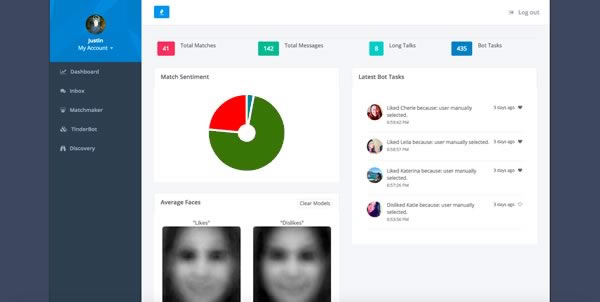A problem well known in the data science world is the mismatch between people who have the data and people who know how to use it. On the other hand data scientists complain about the difficulties of the scrapping process and more exact, the difficulties of obtaining the data. For this mismatch Kaggle was created, trying to mediate a connection between data and analysts.
The platform was born on this principles and creates a competition between users which must update solutions to diverse data sets and so to win points, and, in the end, money.
On the other side, the uploader of data gets a number of possible solutions of analysis to his data sets, from which he can choose the most appropriate to his interests.
A very interesting case study, and a powerful demonstration in favor of Kaggle capabilities is the collaboration that the platform has, with NASA and Royal Astronomical Society, in which the challenge was to find an algorithm for measuring the distortions in images of galaxies in order for scientists to prove the existence of dark matter. It seems that within a week from the start of the project, the accuracy of the algorithms provided by NASA, and obtained in studies started back in 1934 and continued to that time was reached. More than this , within three months from the start of the project, an algorithm was provided by a user, that was more than 300% more accurate than any of the previous versions. The whole case study can be found here.
essentially, the fun thing about Kaggle is that the winners of the competitions are folks around the world with a knack for problem solving, and not always degrees in mathematics. And degrees don’t matter on Kaggle; all that matters is result.


